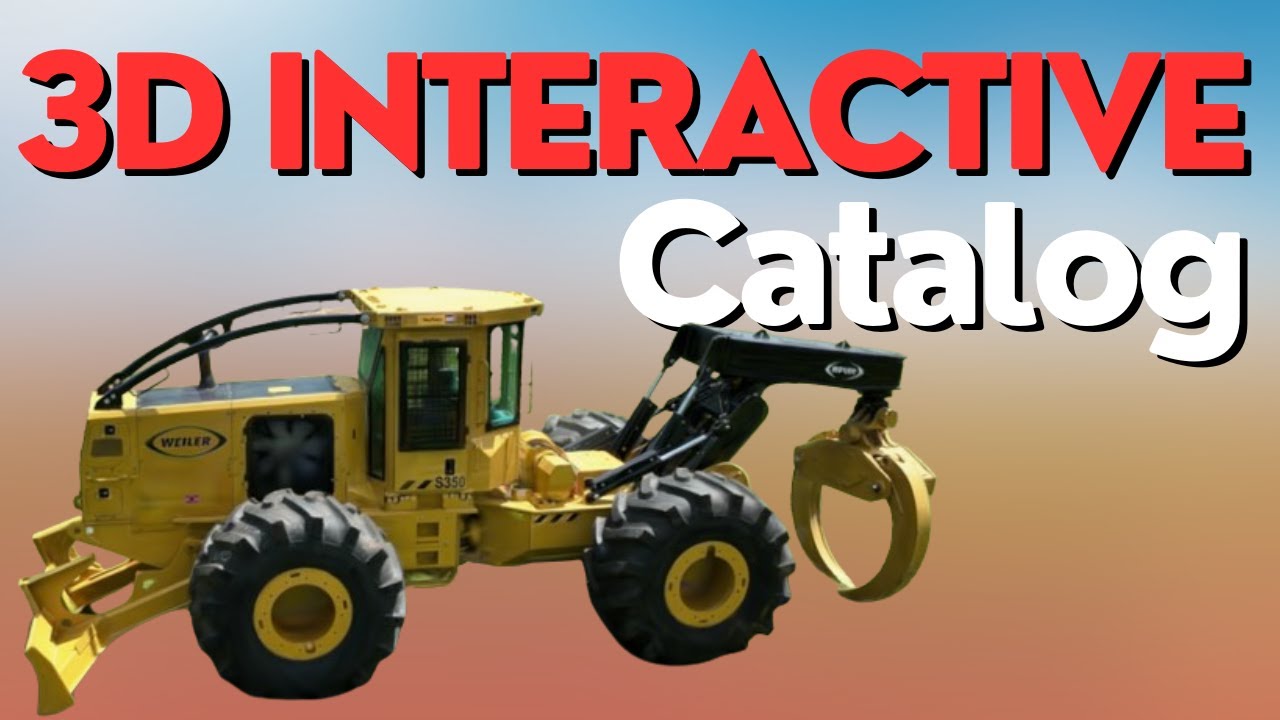Intuiface’s native support for 3D models is best suited for visualizing individual objects. For navigating large environments, workarounds like connecting your experience (XP) to a third-party 3D game engine such as Unity exist, but they increase complexity. In this demo, we explain how we used a combination of no-code tools to create a seamless XP that leverages a relatively new 3D method called Gaussian Splatting to capture real scenes.
What is Gaussian Splatting?
Gaussian Splatting is a method that creates 3D models using many small, blurry dots that blend together to form a smooth and detailed image of the subject. This approach makes the subject look realistic and is particularly useful for capturing intricate details and textures.
Unlike photogrammetry, which stitches together multiple photos to form a 3D model and can result in less smooth surfaces and more processing time, Gaussian Splatting uses these tiny, blended dots to achieve a smoother and more detailed representation. This method can be applied to create realistic scenes, not just individual objects, offering a more efficient and visually appealing way to model complex environments.
How We Did It
Our goal was to create an interactive catalog featuring a real scene. We searched for a suitable public model on Polycam, a platform that generates Gaussian Splatting from videos or photos. We exported the model into Splat .PLY format and loaded it into the immersive platform SeekBeak. The developer of SeekBeak was kind enough to accommodate our request to support Gaussian Splatting in its upcoming v2 beta release. In SeekBeak, we created different camera viewpoints and popup information.
In Intuiface, we designed a simple UI fed by an Excel database containing various product information and SeekBeak URLs that would be passed to a Web browser asset. The Excel looks like this:
To create a smooth transition between camera angles, the SeekBeak developer custom-coded a URL parser that uses the fragment identifier (the part after the # symbol) to pass new parameters to the Web browser asset. This trick prevents the browser from reloading its content every time a new URL is passed.
Download the Intuiface source file (10MB)
Try this XP live at https://web.intuiface.com/splatinteractive
Special thanks to our XR specialist, Maria Sanchez Isaza, and Timothy Allan of SeekBeak for making this demo possible.

